Raum & Zeit
Summary of the settlement history at Elephantine
Since about 3300 BCE, continuous settlement activity can be traced on the island of Elephantine (today 'Gezirat Aswan') at the northern end of the first Nile cataract. Based on the early settlement structure, cultic and administrative buildings of the city were concentrated on the eastern of the two granite ridges forming the foundation of the island. To the west, overlying sequences of mud-brick structures, which are interpreted predominantly as domestic dwellings, can be discerned. They are situated above the burial grounds of the early city. The buildings are intersected by narrow alleys that appear quite similar to those of the modern village of Koti adjacent to the north of the archaeological zone. Judging from stratigraphic features and the evaluation of the pottery, the ancient Egyptian residential quarter was built around the 11th dynasty (from about 2000 BC). The non-elite population of the island town probably lived in these houses. Depending on the political situation, the entire settlement area, including the cultic and administrative structures, was fortified by town walls, which provided protection for the islanders on the one hand, but also restricted their access to the Nile on the other. To the northwest of the historic settlement area was an alluvial headland that could be used seasonally for agriculture. The additional land that has since been silted up between the modern villages of Koti and Siou is now used in the same way. In ancient times, it was possible to grow crops and keep domestic animals on the island to a limited extent. From the later period of settlement on the island, residential buildings can still be clearly traced up to the 1st millennium CE, but the town seems to have lost its importance. According to current knowledge, settlement on the main island ridges ceased in the 10th/11th century CE. Ostraka inscribed in Arabic suggest that individual structures, possibly storage buildings and dwellings, continued to exist on the island. However, no physical evidence of these has been preserved. Today, the village of Koti continues the settlement of the island - with great external similarity in building material and accessibility to the archaeological remains of the pharaonic town. The area of Siou village and the modern man-made extension for a large hotel complex in the north of the archaeological zone are the most recent additions to Elephantine's history.
Spatial and temporal focus of the 'Realities of Life' project
Since the beginning of the work on Elephantine in 1969, the German Archaeological Institute (DAI) has conducted various investigations on residential buildings, including those of the Middle Kingdom (ca. 1980-1760 BCE), on the island of Elephantine. Since the end of 2013 and in the scope of the sub-project 'Realities of Life', the focus of the DAI's archaeological work has been on cultural anthropological questions and a reconstruction of the reality of daily life during this period. Settlements and the everyday life of their inhabitants in the time of the Middle Kingdom have so far only been researched to a limited extent throughout Egypt and are therefore of particular interest to scholars. The focus area of the project 'Realities of Life' is located southeast of the small stone pyramid of the Old Kingdom, at the western border of the Middle Kingdom settlement. This area has not yet been investigated in detail by the DAI. It is easily accessible for archaeological work, but lies outside the areas accessible to the public. Directly on the surface are layers of the Middle Kingdom, which are investigated with state-of-the-art archaeological and scientific methods. In two 10 x 10 m trenches, which were laid out parallel to the superficially visible architectural remains, settlement remains of the 6th to late 13th Dynasties came to light. Due to the modern undisturbed preservation of the stratigraphic layers in the southwestern of the two trenches, the focus of the research work is on House 169 discovered there (inhabited from the end of the 12th to the end of the 13th Dynasty, ca. 1850-1650 BCE). This building and its archaeological inventory are used as an example for the research aims of the project. The results are then compared with the features and finds of the disturbed northeastern structures and supplemented by information obtained there. In summary, the project 'Realities of Life' focuses on answering various questions about the daily life of the inhabitants of House 169 (and its surroundings) around the time of the 13th Dynasty on Elephantine.

